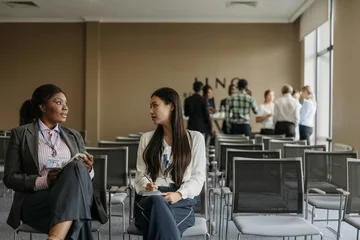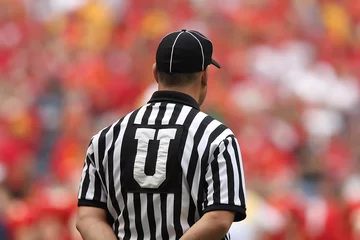Where violence, inequity and public health collide: Missing and murdered indigenous women

The epidemic of missing and murdered Indigenous women has existed for centuries, largely overlooked.
In North America, the public has largely overlooked the epidemic of missing and murdered Indigenous people. From 2011 to 2020, 710 Indigenous people, mostly girls, have gone missing in Wyoming alone
According to research, 84% of American Indian and Alaska Native women have experienced violence in their lifetime. They also face murder rates at almost three times that of non-Hispanic white women.
Jordan Marie Brings Three White Horses Daniel, a citizen of the Kul Wičasa Oyate, also known as the Lower Brule Sioux Tribe, is a professional runner and project manager at the UCLA CTSI. She’s also a filmmaker, founder of the grassroots organization Rising Hearts and an advocate for Indigenous-related racial, social and economic issues and intersectional advocacy.
You can also watch the short film, Run to Be Visible—co-directed by Daniel and supported by Patagonia and Rising Hearts—which is focused on a microbiologist who ran 50 miles to honor indigenous scholars.
Read more in the full UCLA story
image caption: Jordan Marie Brings Three White Horses Daniel, a citizen of the Kul Wičasa Oyate, also known as the Lower Brule Sioux Tribe, is a professional runner and project manager at the UCLA Clinical and Translational Science Institute. She advocates for Indigenous-related racial, social and economic issues and intersectional advocacy.
Image source: Devin Whetstone/Handout photo



